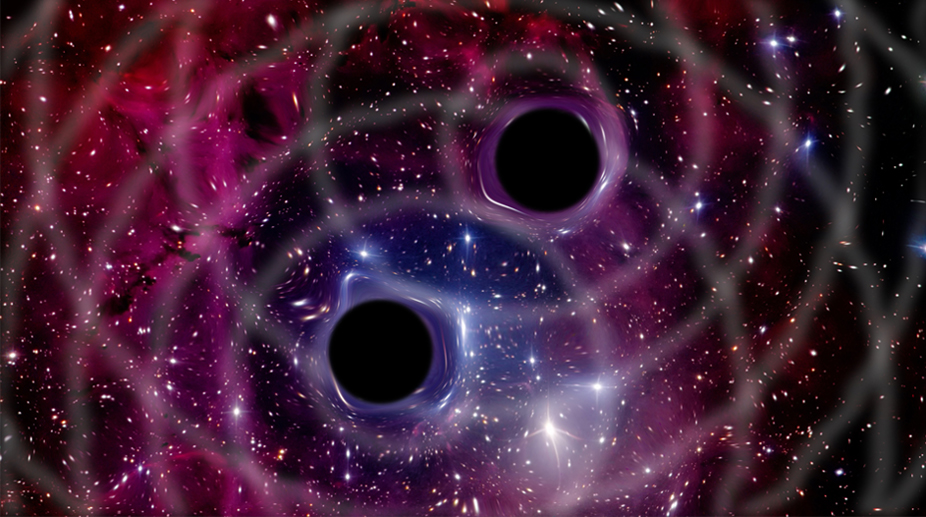Sunita Williams celebrates 59th birthday, second in space
Indian-origin astronaut Sunita Williams has celebrated her 59th birthday -- the second in space.

Representational Image (Photo: Getty Images)
Using data from NASA's NuSTAR (Nuclear Spectroscopic Telescope Array), a team of researchers has detected two hidden gas-enshrouded supermassive black holes located at the centres of nearby galaxies.
Monster black holes sometimes lurk behind gas and dust, hiding from the gaze of most telescopes.
Advertisement
But they give themselves away when material they feed on emits high-energy X-rays that NuSTAR mission recently identified.
Advertisement
"These black holes are relatively close to the Milky Way, but they have remained hidden from us until now. They're like monsters hiding under your bed," said Ady Annuar, graduate student at Durham University in the United Kingdom.
Both of these black holes are the central engines of what astronomers call "active galactic nuclei" – a class of extremely bright objects that includes quasars and blazars.
"Just as we can't see the Sun on a cloudy day, we can't directly see how bright these active galactic nuclei really are because of all of the gas and dust surrounding the central engine," added Peter Boorman from University of Southampton.
Boorman led the study of an active galaxy called IC 3639, which is 170 million light years away.
Researchers analysed NuSTAR data from this object and compared them with previous observations from NASA's Chandra X-Ray Observatory and the Japan-led Suzaku satellite.
The findings from NuSTAR confirmed the nature of IC 3639 as an active galactic nucleus.
More surprising is the spiral galaxy that Annuar focused on: NGC 1448. Annuar's study discovered that this galaxy also has a thick column of gas hiding the central black hole, which could be part of a doughnut-shaped region.
"X-ray emission from NGC 1448, as seen by NuSTAR and Chandra, suggests for the first time that, as with IC 3639, there must be a thick layer of gas and dust hiding the active black hole in this galaxy from our line of sight," the team noted.
Researchers also found that NGC 1448 has a large population of young (just five million year old) stars, suggesting that the galaxy produces new stars at the same time that its black hole feeds on gas and dust.
The team presented the results at the American Astronomical Society meeting in Grapevine, Texas recently.
Advertisement